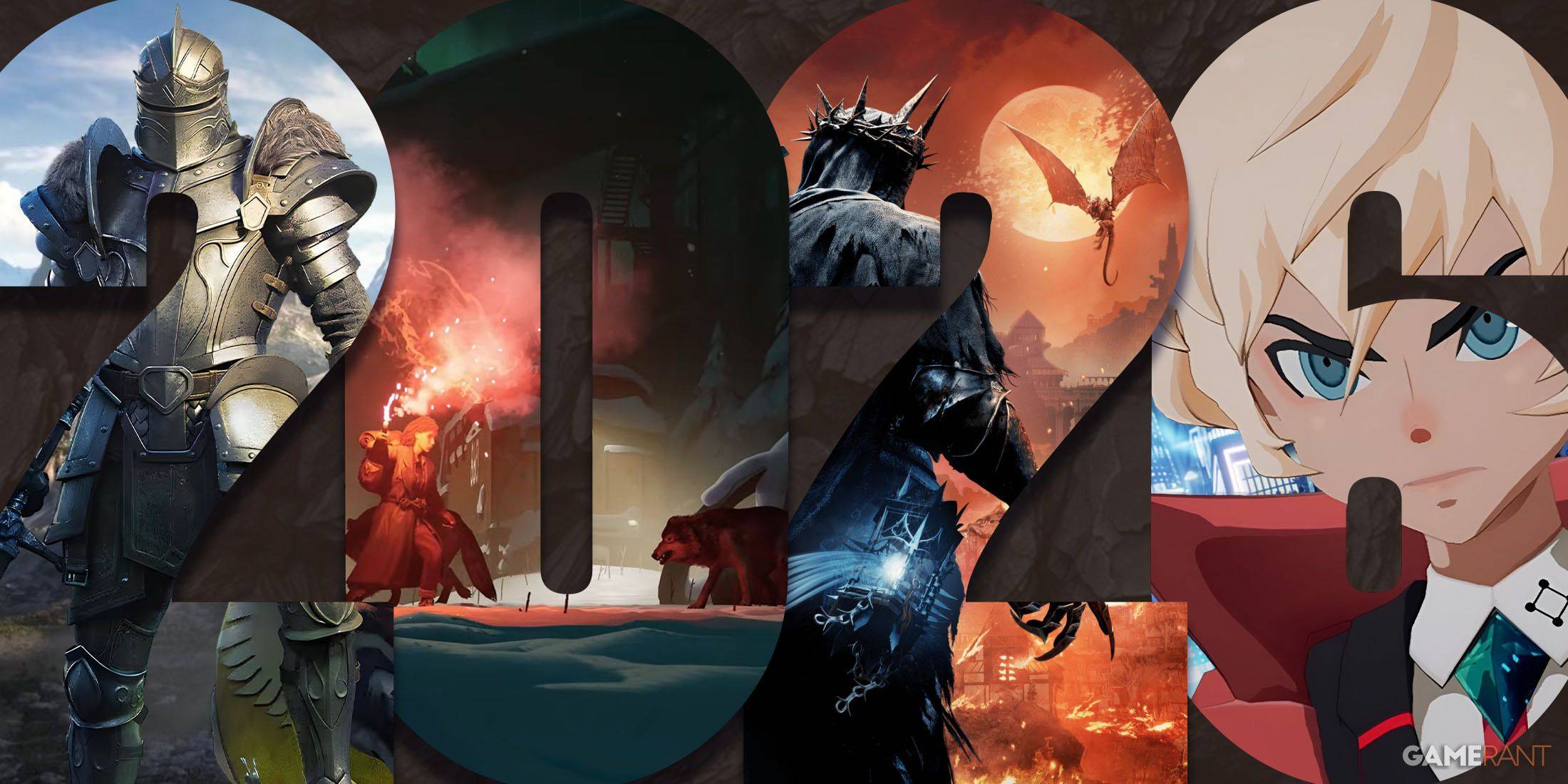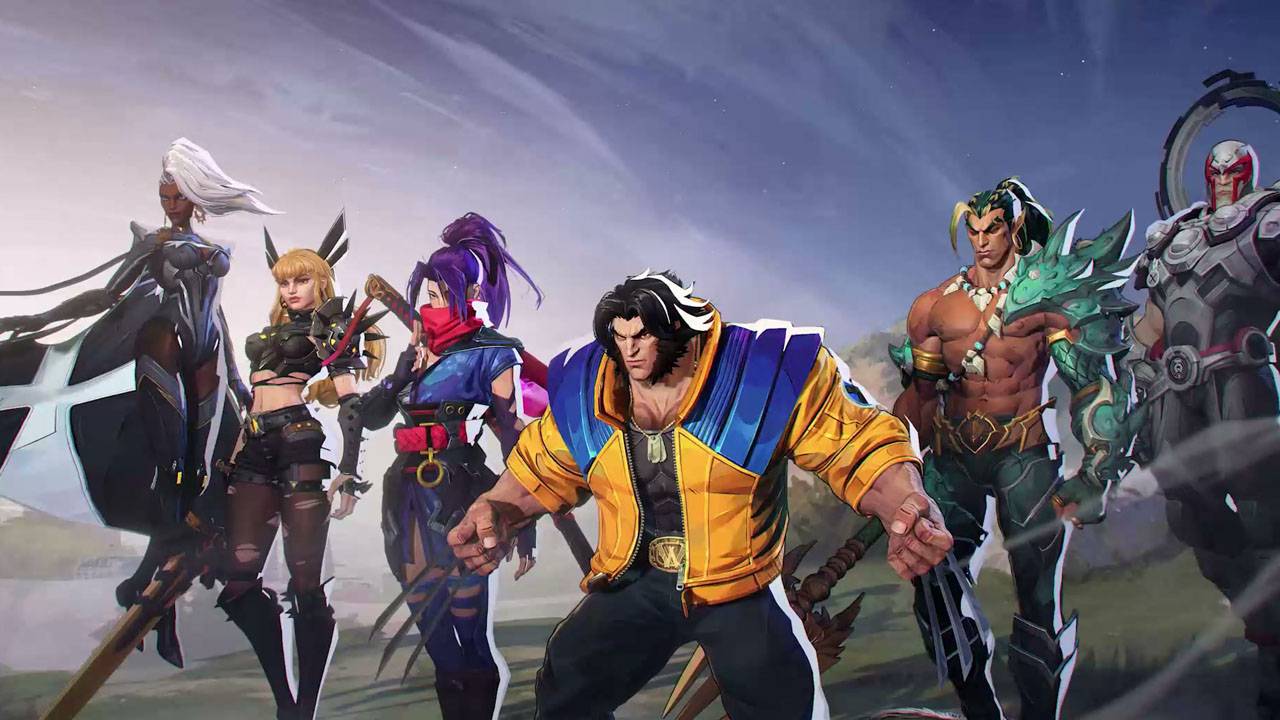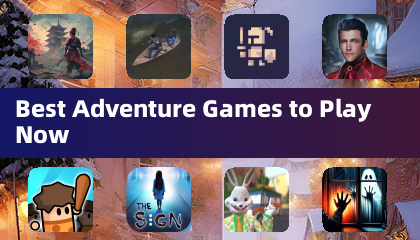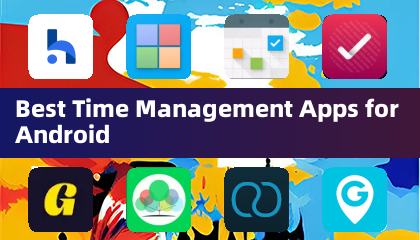"Switch 2's Price: No Barrier to Success"
At the start of April, Nintendo's highly-anticipated Switch 2 Direct presentation concluded on a somber note. The showcase had been thrilling, unveiling a host of innovative features and an impressive lineup of upcoming games. However, one crucial detail was conspicuously absent—the price. It wasn't long before fans' fears of a substantial price increase were confirmed. Nintendo later revealed on the newly-launched Switch 2 website that the console would be priced at $449, a $150 jump from the original Switch's $299 launch price. The lack of transparency about the price sparked anger among fans, compounded by concerns about the console's market performance, especially after the announcement that the Switch 2's flagship launch title, Mario Kart World, would cost $80.
Some Nintendo enthusiasts, still reeling from the disappointment of the Wii U era, quickly succumbed to pessimism, predicting that the Switch 2's high price would limit its potential customer base and plunge the company into another slump. After all, who would shell out $450—nearly the same as a PS5 or Xbox Series X—for what is essentially last-generation technology? These fears were soon dispelled, however, when Bloomberg reported that the Switch 2 was poised to become the most successful console launch ever, with projections of 6-8 million units sold. This figure would shatter the previous record of 4.5 million units, shared by the PS4 and PS5. Despite the steep price, the demand for the Switch 2 is undeniable, a trend consistent with the history of video game console launches.
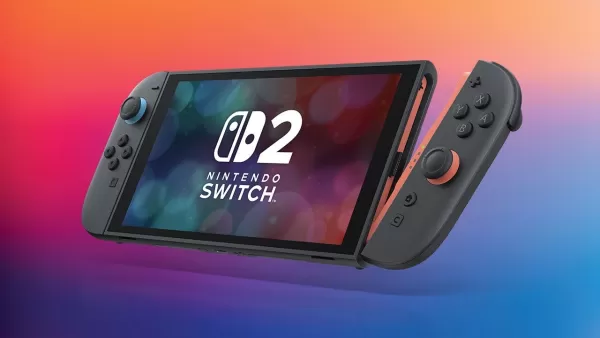
The Switch 2 may not be a budget-friendly option, but its pricing aligns closely with that of its competitors. Looking back at Nintendo's biggest flop, the Virtual Boy, provides insight into why the Switch 2 is set to succeed. Launched 20 years ago, the Virtual Boy was Nintendo's first and only foray into virtual reality. The allure of VR has always been strong, and its current popularity underscores this, but in 1995, even the most advanced VR technology was not ready for widespread adoption. The Virtual Boy was far from cutting-edge. To use it, players had to hunch over a table to peer into a viewport displaying games in a stark red color. Reports of headaches further tarnished its reputation. The technology simply did not meet consumer expectations—it was no Star Trek holodeck. Unsurprisingly, it failed to capture the market.
In contrast, the Switch 2, despite its higher price, bears no resemblance to the Virtual Boy. It's more akin to the Wii, which introduced reliable motion control technology that revolutionized gaming and broadened its audience. The Wii's innovations were so beloved that motion controls have become a staple in Nintendo's consoles, enhancing gameplay in titles like Pikmin and Metroid Prime.
Creating a truly desirable console is not unique to Nintendo. Sony's PlayStation 2, for instance, doubled as a DVD player, making it an essential piece of technology in the early 2000s. However, when Nintendo hits the mark, it does so spectacularly. The original Switch's seamless transition between handheld and console modes was executed flawlessly, redefining the boundaries between portable and home gaming. This concept remains popular, and few gamers would want Nintendo to abandon it. The primary criticism of the original Switch, aside from Joy-Con drift, was its limited processing power, an issue that the Switch 2 addresses impressively. While not as groundbreaking as its predecessor, the Switch 2 is clearly a product that consumers crave.
The Switch 2's pricing is in line with what Nintendo's competitors charge for their flagship consoles. However, it's not just about the hardware. The Wii U, Nintendo's most recent failure, serves as a reminder that a lack of compelling games can doom a console. The Wii U launched with New Super Mario Bros. U, a game that felt repetitive and failed to innovate, marking the fourth entry in the series in just six years. Other flagship titles like Donkey Kong Country: Tropical Freeze and Super Mario 3D World, while later successful on the Switch, initially felt uninspired. The Wii U lacked a standout game that could drive sales, unlike the Wii with Wii Sports, the Switch with Zelda: Breath of the Wild, or the DS with Super Mario 64 DS.
In stark contrast, the Switch 2 not only inherits a robust library of games from its predecessor but also enhances the gaming experience with graphical upgrades and new content. The launch title, Mario Kart World, isn't just another iteration; it revolutionizes the series with an open-world design reminiscent of Forza Horizon, offering a fresh experience distinct from Mario Kart 8 Deluxe. A month after the Switch 2's release, Nintendo will launch the first 3D Donkey Kong game since 1999, which promises to be a thrilling take on the Super Mario Odyssey formula. Additionally, in 2026, an exclusive FromSoft game that echoes Bloodborne will be released. Nintendo has provided multiple compelling reasons for gamers to invest in this new generation.

Mario Kart World promises to be a significant upgrade from Mario Kart 8 Deluxe. Price will always be a factor in purchasing decisions, and the Switch 2 is undoubtedly a luxury item, especially in today's economic climate. However, its pricing is consistent with that of other flagship consoles. The standard, disc-based PS5 matches the Switch 2's Mario Kart World bundle at $499, and the Xbox Series X is similarly priced. While some might argue that the Switch 2's less powerful hardware should place it in a lower price bracket, closer to the Xbox Series S at $380, it's important to consider Nintendo's unique offerings—the Switch 2's value extends beyond mere performance.
A prime example of a console whose high price negatively impacted sales is the PS3. Launched in 2006, the 20GB model cost $499 and the 60GB version $600 ($790 and $950, adjusted for inflation). At the time, such prices were unprecedented, leading many consumers to opt for the more affordable Xbox 360. In 2025, while the Switch 2 is certainly expensive, its price is not out of the ordinary for video game consoles.
Nintendo's unique position in the gaming industry stems from its ability to create games that set industry standards, and fans are willing to pay a premium for them. However, compared to the competition, the Switch 2's price is not a premium—it aligns with industry standards. It may not match the PS5's power, but it's a piece of technology that people want, loaded with games they desire. There are limits to what consumers will pay, and if game prices continue to rise, Nintendo might reach that ceiling. For now, though, the Switch 2's price meets the benchmark set by its competitors. With over 75 million PlayStation 5 consoles sold, it's clear that this price point is acceptable to many gamers.
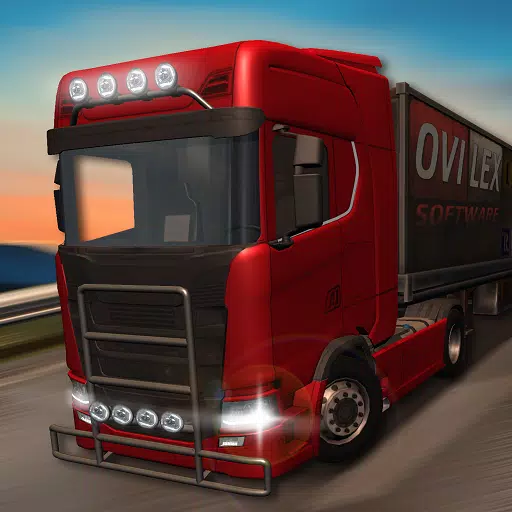

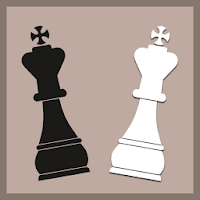

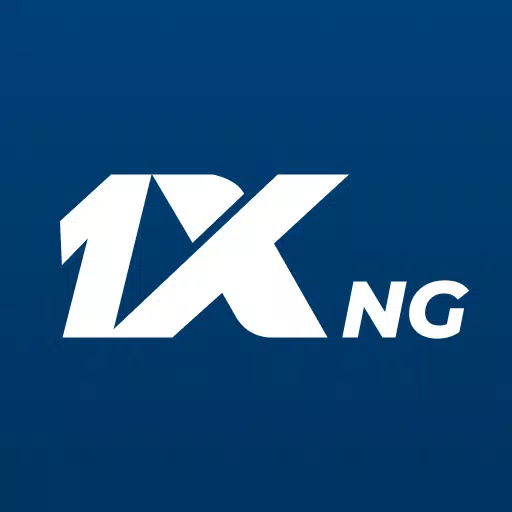

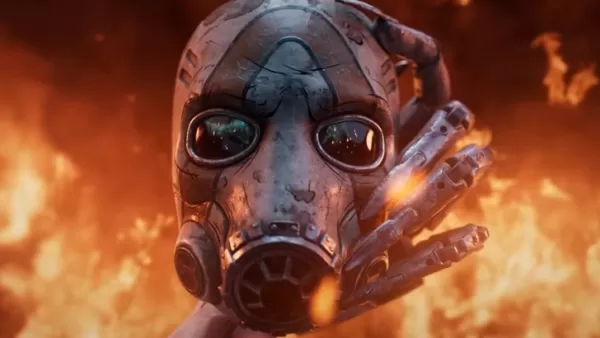

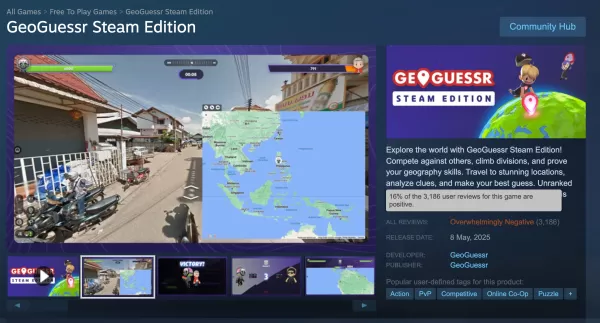

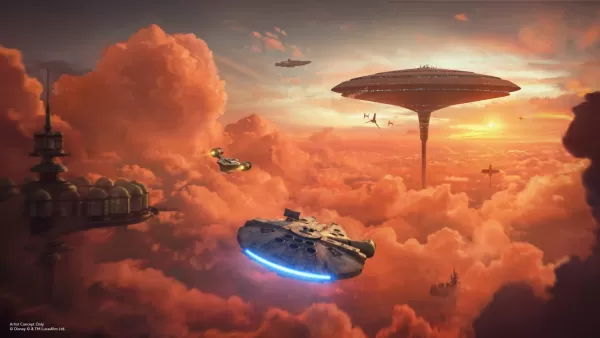
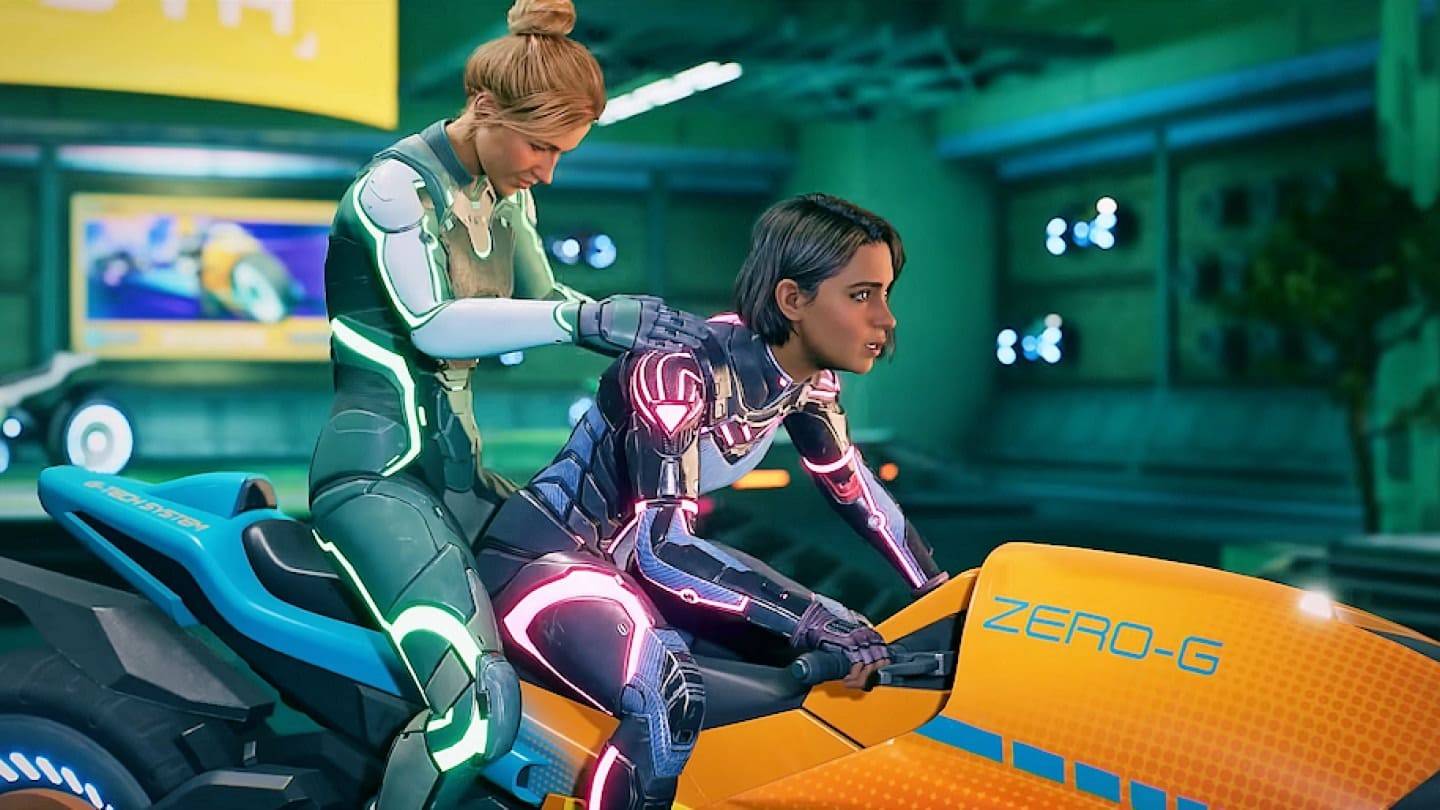
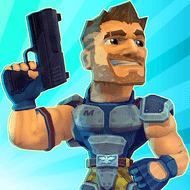

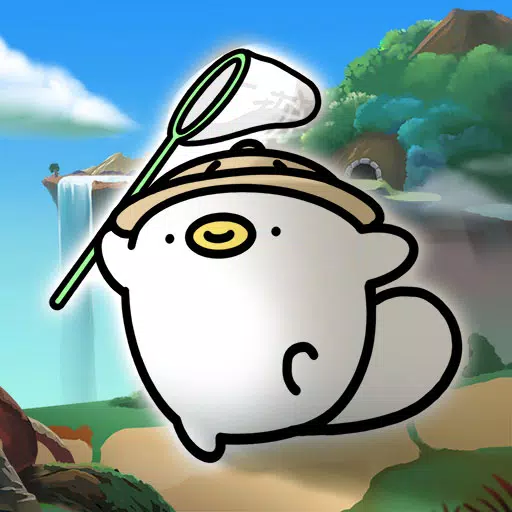
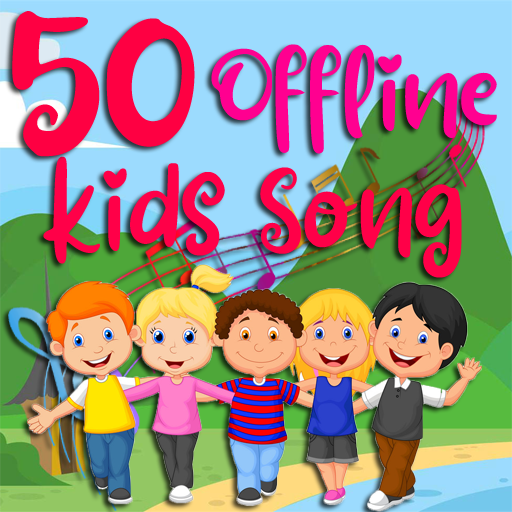

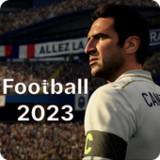


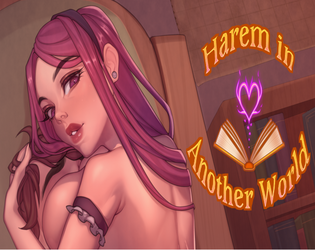
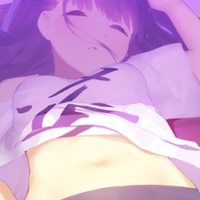

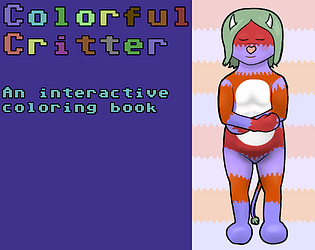
![Salvation in Nightmare [v0.4.4]](https://imgs.21qcq.com/uploads/36/1719555347667e551321c26.jpg)
